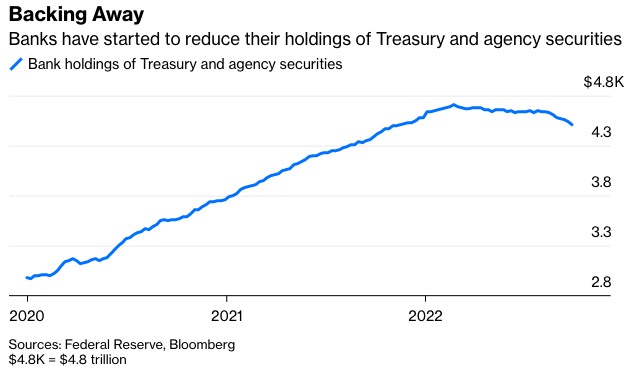The U.S. bond market, which sets the tone for debt markets worldwide, is hardly alone. The ructions in U.K. gilts the last two weeks laid bare the liquidity crisis bubbling in most major sovereign debt markets. From the Fed’s perspective, it’s probably hesitant to tinker with QT for fear of being seen as more concerned with bailing out Wall Street fat cats than taming inflation. But, again, QE and QT have been shown to have more of an impact on the smooth functioning of the financial system than the real economy. And it’s not like the Fed hasn’t tweaked its QT program before to address disruptions in the market’s plumbing. Recall that in 2019 the central bank halted QT and flooded the banking system with cash to arrest a large and unsettling rise in repo rates that led to undue stresses. Another option is for the Fed to use its standing repurchase facility to provide a liquidity backstop to the Treasury market, which Yellen said, “can be helpful.”
The thinking among market participants is that the Fed will keep raising rates until something “breaks.” That something increasingly looks like it may be the Treasury market, which would be the worst-case scenario on anyone’s scorecard. Time is running out for the Fed to act.
Robert Burgess is the executive editor of Bloomberg Opinion. Previously, he was the global executive editor in charge of financial markets for Bloomberg News.
This article was provided by Bloomberg News.
The Fed's Next Crisis Is Brewing In U.S. Treasurys
October 14, 2022
« Previous Article
| Next Article »
Login in order to post a comment








